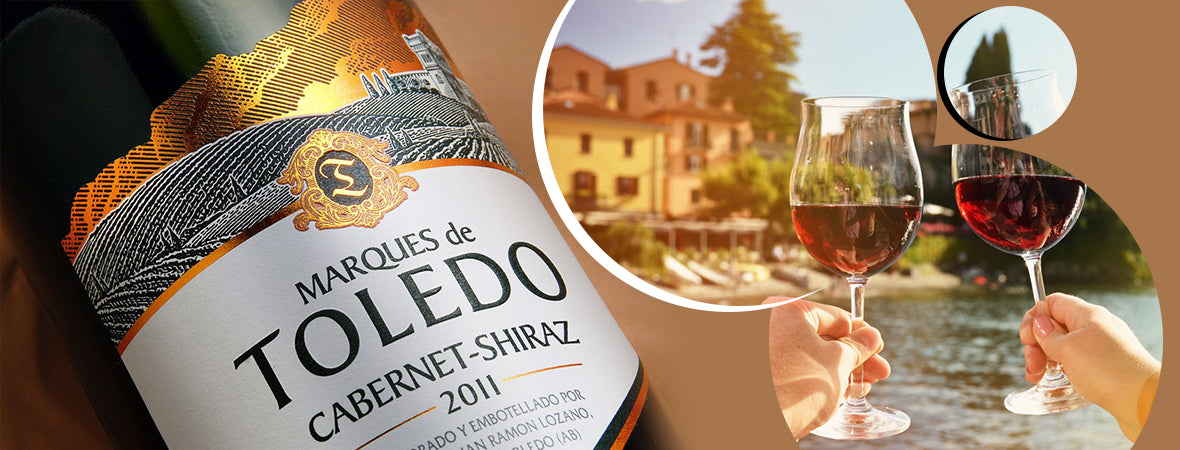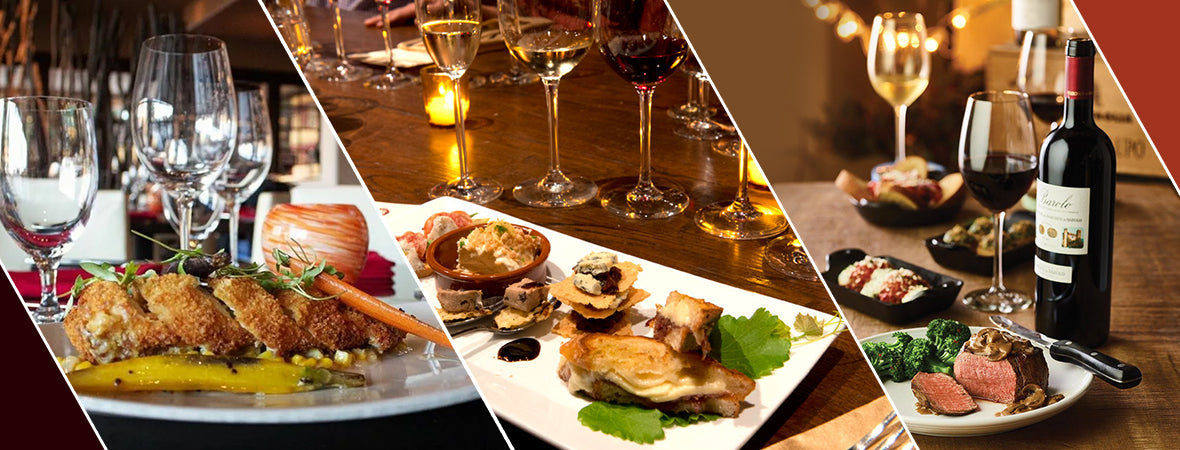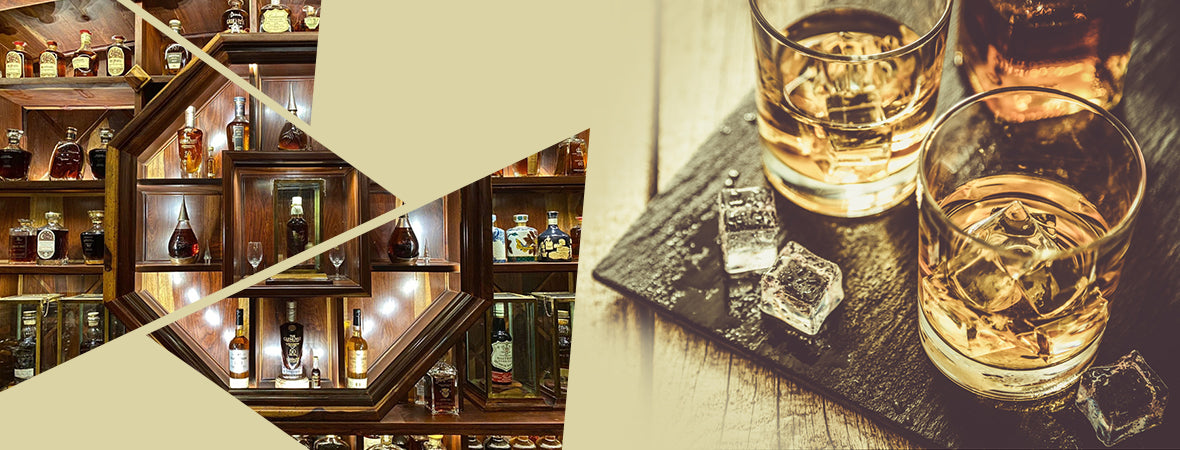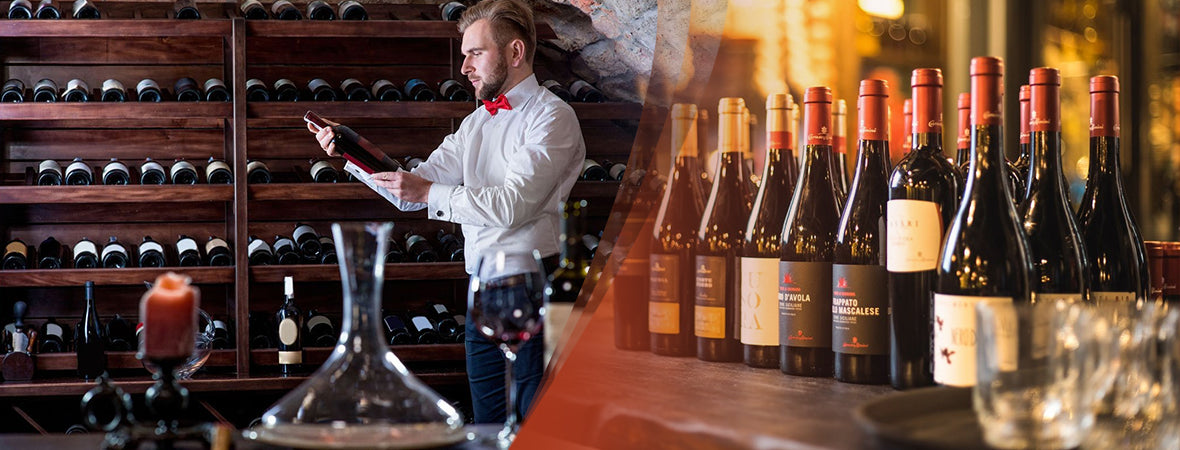Many people have difficulty reading wine labels from different regions. Knowing how to read the labels can be very beneficial for picking out a great wine. Most of us, including myself sometimes buy wine based on the label, only to be disappointed by it’s contents. Wine labels vary depending on the producer but all should contain the same information. This is a basic guide and in some situations some information may be excluded or included.
Spanish wine laws and classification
D.O. or Denominacion de Origen is a term assigned to Spanish wines and foods. It is very similar to France and their A.O.C. (Appellation d’Origine Controlee). It is a classification system which establishes and regulates the quality of Spanish wine. The D.O. guarantees specific characteristics of geographical regions and no materials outside of that region will be permitted to be labeled. This classification system helps protect vineyards and consumers.
The D.O. is the mainstream grading system and there are about 120 regions that are classified under this system. New sub groups were adopted in 1986.
D.O.C. or Denominacion de Origen Calificada is determined by the national committee. They determine which D.O.s are deserving for D.O.C. status. These wines are usually follow strict requirements one of which is that the wine costs at least double that of the national average.
In 2003 Spain revised the laws and sanctioned new categories which include:
Vino de Calidad Producido en Region Determinada (VCPRD)
Vinos de la Tierra (Vdlt) – These are considered the wines of the country. This is one level above Vino de Mesa.
Vino de Mesa – This wine is the lowest quality and considered table wine.
They also created a category called D.O. Pago which applies to a single estate wine. Pago means vineyard and this term applies to a wine that is wholly created and bottled in that region or area.
Aging Terms:
Sometimes you may see a word like Reserva or Crianza on a Spanish wine label. These words explain the age of the wine. There are minimum requirements a wine must have to receive one of these terms.
Joven: This term is for younger wine which is usually sold one year after harvest.
Crianza: This wine is aged a minimum of two years with one year in a barrel.
Reserva: This wine is usually three years old and spends at least one year in the barrel.
Gran Reserva: This wine is five years old and spends two years in a barrel.
These terms are observed by the DOC and the DO. The Reservas and Gran Reservas of Spain represent some of the greatest valued wines in the world.
Reading the label:
Name: This shows the name of the wine.
Vintage: This shows the year of production.
Bodega: The bodega is another term for winery.
Region: The region is the location where the grapes have been grown.
Alcohol Content: This shows the amount of alcohol in the wine.
Size: This shows the size of the bottle.
Sometimes the label might show the varietal which is the type of grape used to make the wine. Some popular varietals include Garnacha, Albarino, Priorat, Malvasia, Viura,
When you become familiar with the labels and understand the information on them, you will see that it isn’t as hard as you first thought. Just the translation of a few words can help you in choosing a wine that is right for you. Spain offers many different varietals and many of the wine producers in Spain believe that wine should be sold only when it is ready to drink. This ideology and philosophy brings a passion to the winemakers in Spain to create something not only beautiful but enjoyable.





